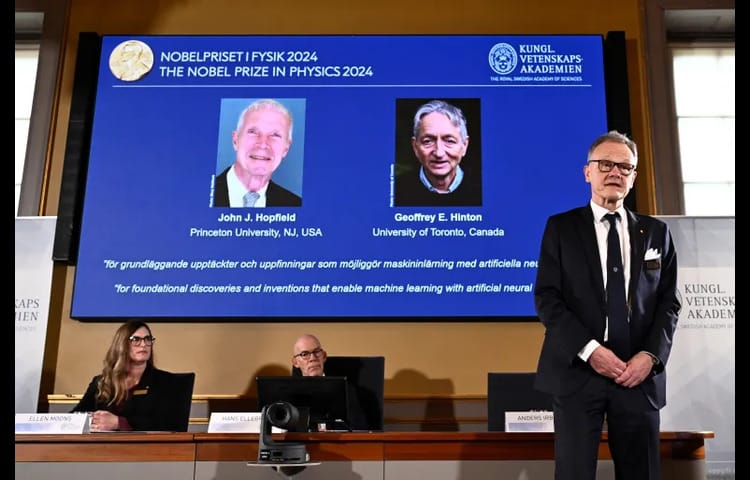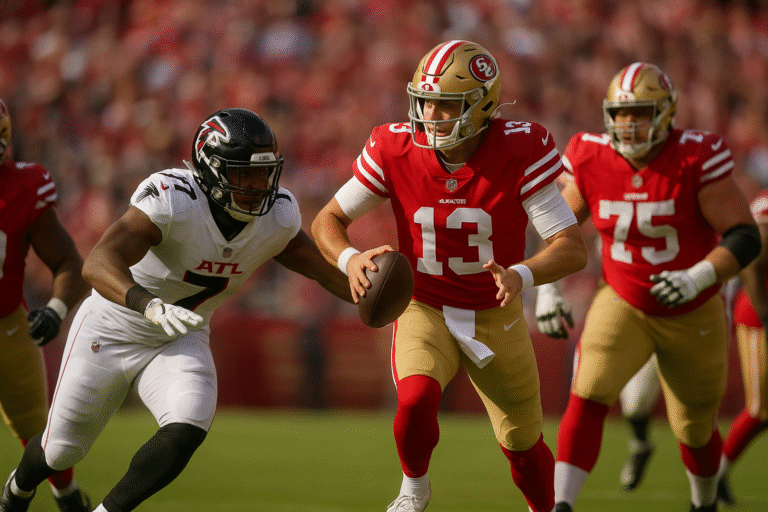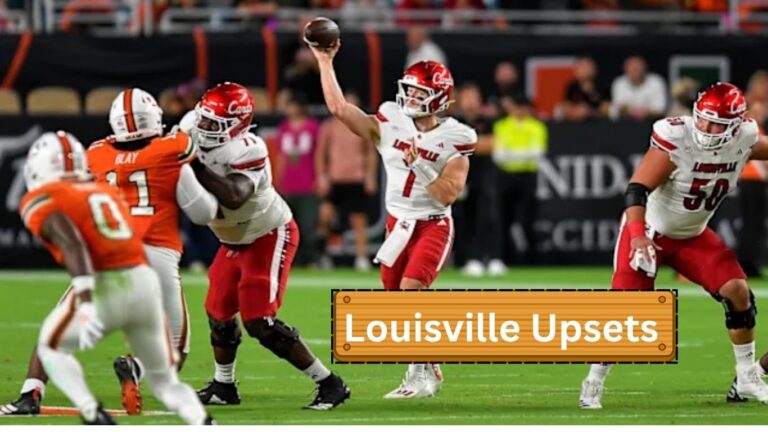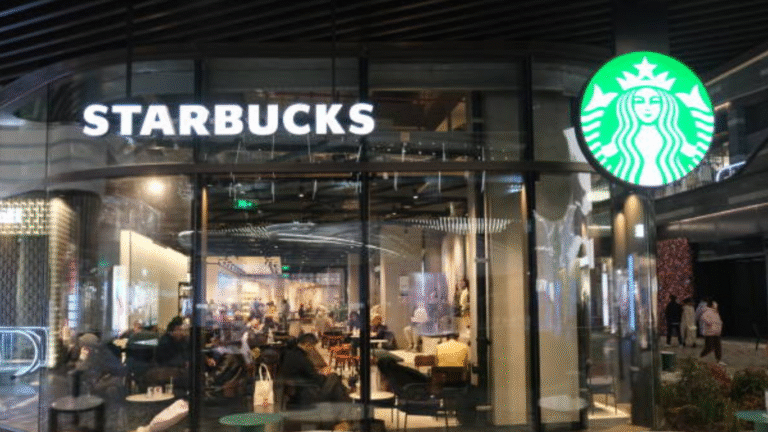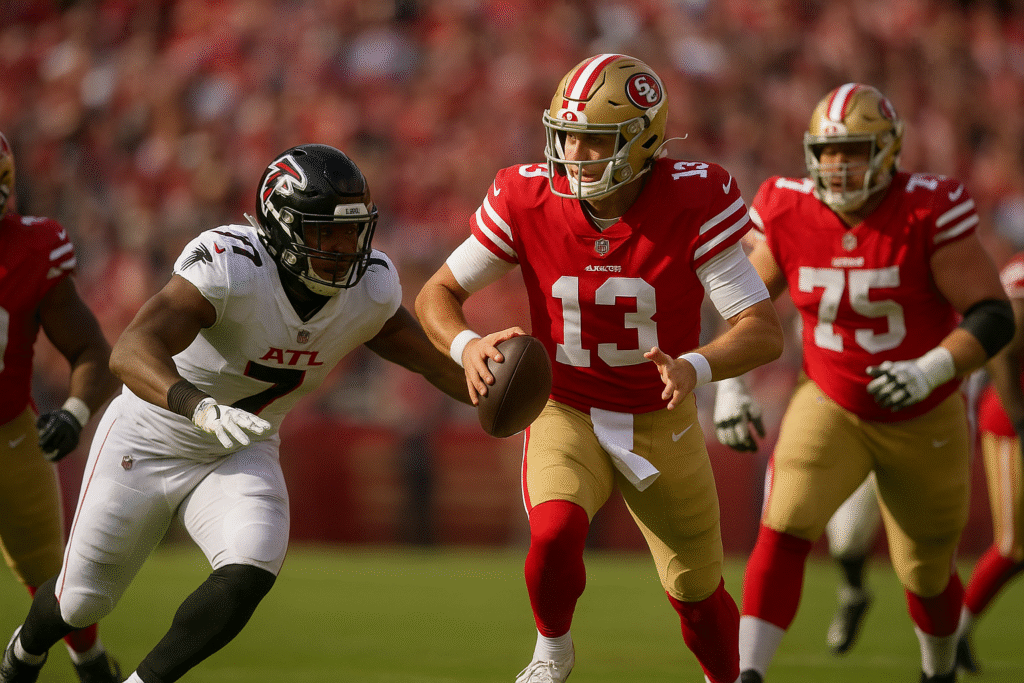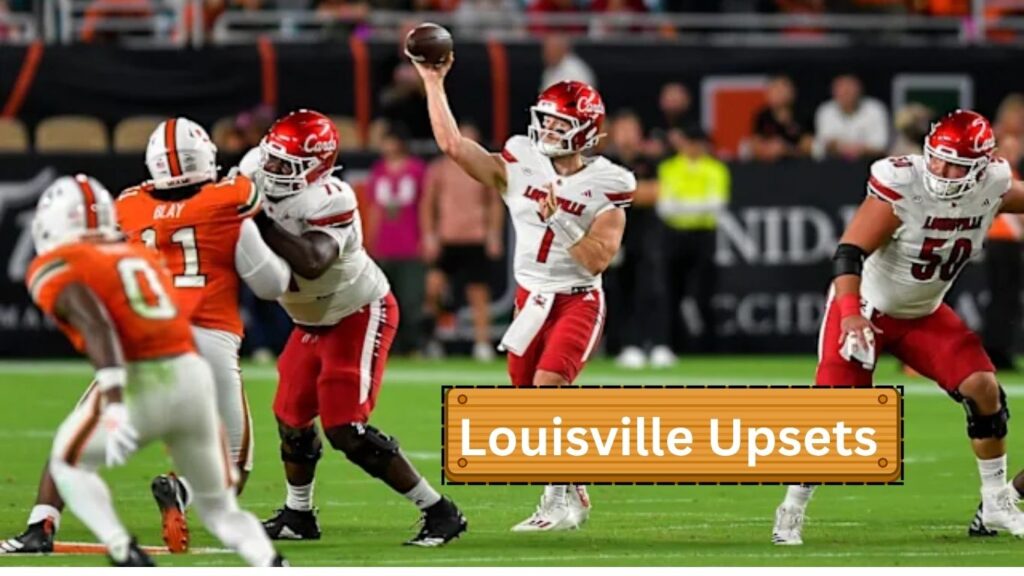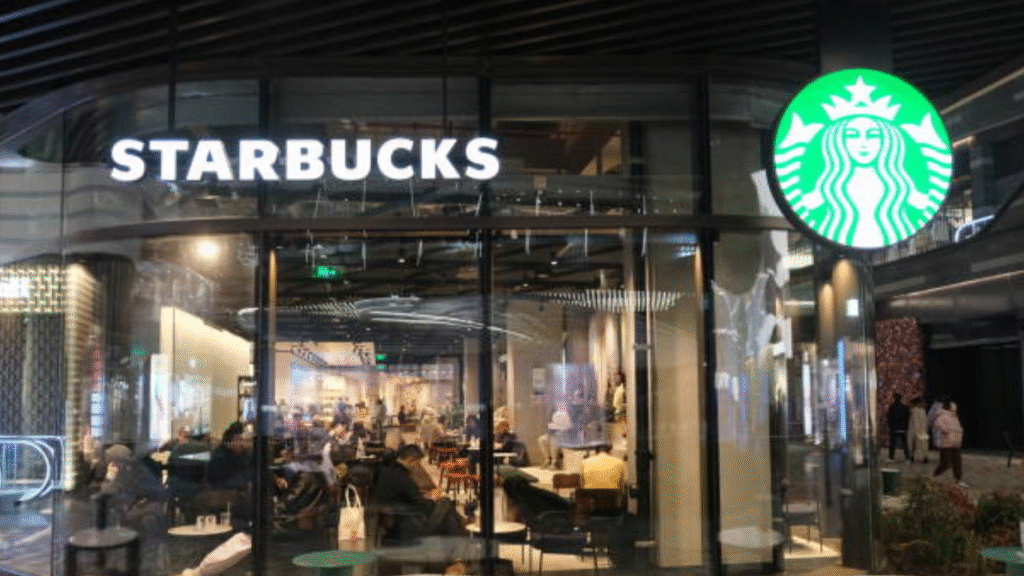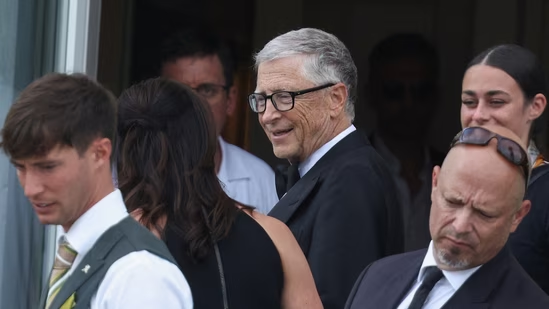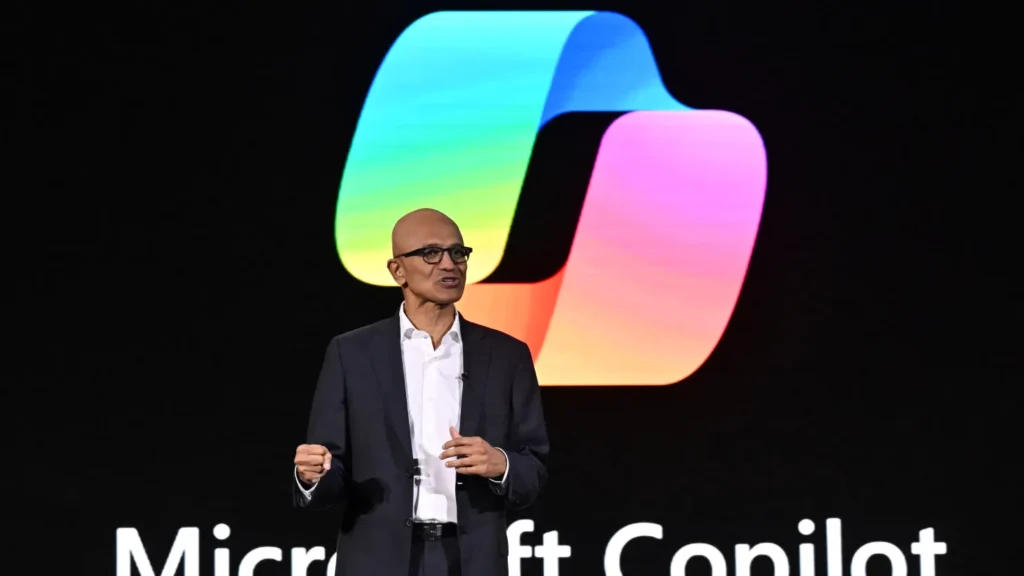In a momentous event for the world of artificial intelligence, Geoffrey Hinton and John Hopfield have been jointly awarded the 2024 Nobel Prize in Physics. Their groundbreaking work in neural networks and deep learning has not only transformed the AI landscape but also revolutionized how we solve complex real-world problems. This recognition highlights the immense contribution these pioneers have made in reshaping AI technologies, driving innovation in various fields such as autonomous systems, healthcare, and beyond.
Let’s delve into their extraordinary achievements and explore how their contributions have laid the foundation for the future of artificial intelligence.
The Legacy of Geoffrey Hinton in AI
Geoffrey Hinton, often referred to as the “Godfather of Deep Learning,” has been a towering figure in the field of AI for decades. One of his most significant contributions is the development of the backpropagation algorithm, which enabled neural networks to become powerful tools for learning from data. Before Hinton’s work, training deep neural networks was largely inefficient and ineffective. The introduction of backpropagation changed that, making it possible for machines to learn and adapt at a scale previously unimaginable.
Hinton’s groundbreaking research has led to practical applications that permeate nearly every aspect of modern AI systems today. From speech recognition to computer vision, the advancements in deep learning have fueled the development of technologies we now rely on daily. His work has also been instrumental in the creation of generative AI models, which power innovations like ChatGPT and image-generating systems.
Key papers like “Learning Representations by Backpropagating Errors” (1986), which Hinton co-authored, are still highly cited and form the bedrock of deep learning research. His vision of how machines can learn complex patterns and his contributions to unsupervised learning have pushed the boundaries of AI and continue to inspire new research.
John Hopfield’s Revolutionary Hopfield Network
John Hopfield is another towering figure in the AI landscape, known for his invention of the Hopfield Network, which has had a profound influence on both artificial intelligence and computational neuroscience. Introduced in 1982, the Hopfield Network is a form of recurrent neural network that is capable of storing and recalling patterns. This concept was revolutionary because it bridged the gap between the study of neural activity in the brain and artificial systems designed to emulate learning.
Hopfield’s work demonstrated how certain computational principles could be applied to biological processes, leading to a better understanding of how memory, perception, and learning occur in the brain. His network introduced the concept of associative memory, where the system could recall an entire set of data when presented with only a part of it, much like how human memory works.
The Hopfield Network has also laid the groundwork for modern machine learning algorithms, particularly in the realm of optimization problems and binary decision-making. Researchers continue to build on Hopfield’s ideas, pushing AI forward in unexpected directions. In fact, many of the current advancements in computational neuroscience can trace their roots back to his work.

Explore more articles on our Tech Blog
How Artificial Intelligence is Transforming the Future of Physics
The recognition of Hinton and Hopfield with the Nobel Prize in Physics is a testament to the increasing intersection between artificial intelligence and fundamental physics. AI is not only revolutionizing how we process data but also enhancing our understanding of the physical world. The physics community is increasingly adopting AI-driven models to simulate complex systems, optimize experiments, and analyze massive datasets.
Quantum computing, for instance, is one of the areas where AI and physics converge. Machine learning models are being used to simulate quantum states and solve optimization problems far more efficiently than traditional methods. Similarly, AI tools are helping physicists in the study of black holes, dark matter, and complex particle interactions. By accelerating calculations and automating the analysis of experimental data, AI is transforming how research is conducted in physics.
The contributions of Hinton and Hopfield are central to these developments, as the techniques they pioneered are now being applied to solve some of the most challenging problems in physics. The synergies between AI and physics are only expected to deepen, further expanding the horizons of both fields.
Implications of Their Nobel Prize for the AI Community
The Nobel Prize awarded to Geoffrey Hinton and John Hopfield is a monumental moment for the AI community. This recognition not only acknowledges their individual contributions but also highlights the growing importance of artificial intelligence in the scientific and technological landscape. As AI continues to evolve, the ripple effects of this achievement will influence the direction of future research and innovation.
In the coming years, the AI community is likely to see increased investment in interdisciplinary research, with a stronger focus on the integration of AI into fields such as medicine, climate science, and energy. The Nobel Prize also reinforces the need for continued exploration into the ethical and societal impacts of AI. As machines become more capable, questions surrounding data privacy, algorithmic bias, and the role of humans in AI-driven decision-making will become more pressing.
Moreover, the work of Hinton and Hopfield serves as an inspiration for the next generation of AI researchers. Their groundbreaking ideas have spurred decades of advancements, and this recognition will likely inspire further breakthroughs in neural networks, cognitive computing, and beyond.
Conclusion
Geoffrey Hinton and John Hopfield have left an indelible mark on artificial intelligence, and their joint award of the 2024 Nobel Prize in Physics cements their place among the greatest innovators of our time. From backpropagation to the Hopfield Network, their contributions have revolutionized the way we think about machine learning and neural networks. Their achievements continue to shape the future of AI and physics, creating exciting new possibilities for how we solve complex problems in a rapidly evolving technological landscape.
As we look ahead, the work of these two pioneers will undoubtedly influence the next wave of AI innovation. Their legacy will continue to inspire researchers and developers to push the boundaries of what artificial intelligence can achieve.

